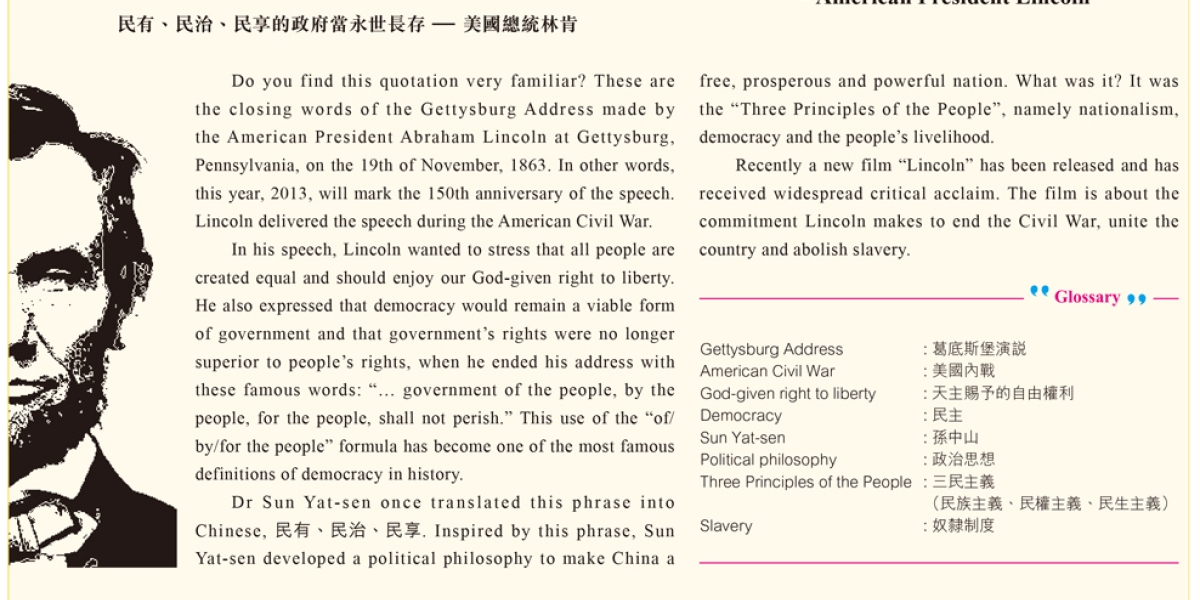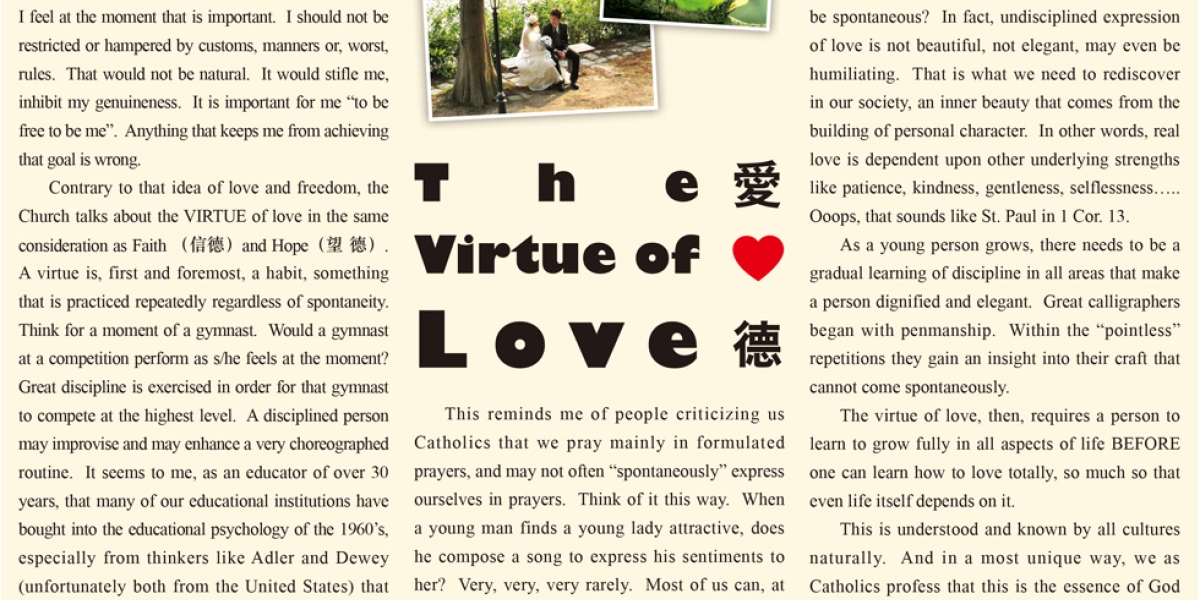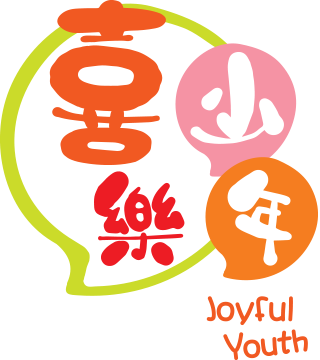昔日文章


Famous Quotations
2013.02.24
government of the people, by the people, for the people, shall not perish from the earth – American President Lincoln 民有、民治、民享的政府當永世長存 – 美國總統林肯
government of the people, by the people, for the people, shall not perish from the earth
– American President Lincoln
民有、民治、民享的政府當永世長存 – 美國總統林肯
Do you find this quotation very familiar? These are the closing words of the Gettysburg Address made by the American President Abraham Lincoln at Gettysburg, Pennsylvania, on the 19th of November, 1863. In other words, this year, 2013, will mark the 150th anniversary of the speech. Lincoln delivered the speech during the American Civil War.
In his speech, Lincoln wanted to stress that all people are created equal and should enjoy our God-given right to liberty. He also expressed that democracy would remain a viable form of government and that government’s rights were no longer superior to people’s rights, when he ended his address with these famous words: “… government of the people, by the people, for the people, shall not perish.” This use of the “of/ by/for the people” formula has become one of the most famous definitions of democracy in history.
Dr Sun Ya t - s e n once t r a n s l a t e d t h i s phrase i n t o Chinese, 民有、民治、民享. Inspired by this phrase, Sun Yat-sen developed a political philosophy to make China a free, prosperous and powerful nation. What was it? It was the “Three Principles of the People”, namely nationalism, democracy and the people’s livelihood.
Recently a new film “Lincoln” has been released and has received widespread critical acclaim. The film is about the commitment Lincoln makes to end the Civil War, unite the country and abolish slavery.
Gettysburg Address : 葛底斯堡演說
American Civil War : 美國內戰
God-given right to liberty : 天主賜予的自由權利
Democracy : 民主
Sun Yat-sen : 孫中山
Political philosophy : 政治思想
Three Principles of the People : 三民主義
(民族主義、民權主義、民生主義)
Slavery : 奴隸制度


Neither East Nor West
2013.02.24
The Virtue of Love 愛德
Virtue ? 德 行
Yes, there is the word “virtue” when we, as Catholics, talk about love – while the pop culture (continuing from last article) does not include it. Therein lies the HUGH difference.
Pop culture primarily (that is, not all) regards love as an emotion, and therefore, spontaneous. It is how I feel at the moment that is important. I should not be restricted or hampered by customs, manners or, worst, rules. That would not be natural. It would stifle me, inhibit my genuineness. It is important for me “to be free to be me”. Anything that keeps me from achieving that goal is wrong.
Contrary to that idea of love and freedom, the Church talks about the VIRTUE of love in the same consideration as Faith (信德)and Hope(望 德). A virtue is, first and foremost, a habit, something that is practiced repeatedly regardless of spontaneity. Think for a moment of a gymnast. Would a gymnast at a competition perform as s/he feels at the moment? Great discipline is exercised in order for that gymnast to compete at the highest level. A disciplined person may improvise and may enhance a very choreographed routine. It seems to me, as an educator of over 30 years, that many of our educational institutions have bought into the educational psychology of the 1960’s, especially from thinkers like Adler and Dewey (unfortunately both from the United States) that somehow students should be taught to explore “free” expression without learning the basics. Think about the idea of “experiencing” the knowledge of mathematics without learning how to count.
This reminds me of people criticizing us Catholics that we pray mainly in formulated prayers, and may not often “spontaneously” express ourselves in prayers. Think of it this way. When a young man finds a young lady attractive, does he compose a song to express his sentiments to her? Very, very, very rarely. Most of us can, at best, find a beautiful CD and give it to her. Some couples would notice a particular situation and the music that happened to be there and use that music to commemorate the romantic occasion. Have you ever attended a wedding where the groom or the bride would sing a song freely and spontaneously to show their love for each other? You got it. That is why we use beautiful songs and words, called hymns, at Mass to enhance our worship. Non- Catholic churches do the same.
So why do young people think that Love should be spontaneous? In fact, undisciplined expression of love is not beautiful, not elegant, may even be humiliating. That is what we need to rediscover in our society, an inner beauty that comes from the building of personal character. In other words, real love is dependent upon other underlying strengths like patience, kindness, gentleness, selflessness….. Ooops, that sounds like St. Paul in 1 Cor. 13.
As a young person grows, there needs to be a gradual learning of discipline in all areas that make a person dignified and elegant. Great calligraphers began with penmanship. Within the “pointless” repetitions they gain an insight into their craft that cannot come spontaneously.
The virtue of love, then, requires a person to learn to grow fully in all aspects of life BEFORE one can learn how to love totally, so much so that even life itself depends on it.
This is understood and known by all cultures naturally. And in a most unique way, we as Catholics profess that this is the essence of God Himself and that we are created to live that kind of love.
Next we will look at marriage and sex within that context.


Magic Mirror
2013.02.03
Paper Cutting
At the beginning of the year, everyone hopes for a new start. This is somewhat similar to the Chinese sayings(一元復始,萬象更新). There are only a few more days to start a new year in the lunar calendar. In the Chinese zodiac, this is the year of the snake. May I send a special wish to all those kids who are twelve.
In this festive season, most people like to put some decorations in their homes especially with striking red color to enhance joyous atmosphere. Last year, my friend sent me a gift which was a paper cutting(剪紙)decoration having a big Chinese character of good fortune and with a crucifix. I like it very much and put it on the main entrance of my house all year round.
Paper Cutting is a very old and popular Chinese folk art(民間藝術)which can be dated back to the sixth century or even earlier. This is a very delicate handicraft made with a piece of folded paper and a pair of scissors. Nowadays, I have seen this artifact(手工藝品)produced by the advanced technology of laser cut including the gift I received as mentioned before.
Foreigners also admire on this Chinese traditional art. Liechtenstein (a small european country between Switzerland and Austria) issues a series of postage stamps on the theme of the Chinese Zodiac (starting with the year of dragon in 2012) with a similar design of paper cutting produced by laser cut. This is the first time stamps printed in this old yet trendy format.
The photo image display shows the actual masterpiece(傑作)of the laser cut products. If you are able to find one, you are welcomed to share with the others. Wish all Joyful Youth readers good luck, good health and God bless.


Great Books for Children Teenagers 網絡時代,通識閱讀
2013.02.03
「三三三制」,閱讀童話
「全球學生閱讀能力進展研究計劃」二○一一年結果公報,在參與的五十四個國家和地區中,香港排名第一位。可是,不少家長卻認為,這個第一名與自己的子女無關,而且也與「英語閱讀」無關。
本港年輕人並沒有培養出閱讀興趣,主要成因是「大家」並沒有視閱讀為正常生活的一部份。閱讀成為生活的組成部份是西方家庭的一個優良傳統。睡前父母朗讀故事,孩子聽故事,內容則往往從童話故事開始。
香港家長其實可以照辦煮碗,睡前為幼童朗讀童話故事。如家長日間工作繁重,回家後身心疲累,不能日日履行親子閱讀「儀式」,可試行「三三三制」,嘗試輕裝前行,把親子閱讀化為生活習慣,增添生活情趣:
第一個「三」是每週親子共讀三次;
第二個「三」是每次共讀三十分鐘;
第三個「三」是每週讀三個童話故事。
幸得當年法國人貝洛、德國格林兄弟行走鄉間野外,採集民間口傳故事,加上丹麥人安徒生的童話創作, 各國童話故事得以世代流傳,成為西方文化的豐厚資產。
童話故事中充滿是非、善惡、美醜的敍述,無論是以喜劇收場,還是以悲劇結束。故事一個接一個,小孩經過感受,咀嚼和思考,匯流成河, 化為兒童的「心靈法則」(spiritual laws),成為人生路上的指路明燈。功利一點說,優秀的童話故事是「心靈雞湯」,多喝有益。
中國古時有「不學詩,無以言」之說;又有作詩不能不識「鳥獸蟲魚草木之名」之說。今日童話在西方語言文化脈絡中的重要性,可以等量齊觀。
進入網絡時代,童話並沒有被遺忘,反而成為電影和文學界的新寵,是潮流品種之一。不但如此,童話故事的內涵,故事人物深入人心的形象和個性、反倒成為創意的活水源頭。
有香港電影專才參與的夢工場(Dream Works)拍攝的《怪物史力加》(Shrek!),因受觀眾歡迎,連拍四集。其創作資源除了怪物史力加來自童書作家史泰格(William Steig)的摩登童話《Shrek!》之外,其餘均源於經典童話中的著名人物,如三隻小豬、三隻瞎老鼠、長鼻子木偶、薑餅人、吹笛人……等等。
今日西方作家以經典童話為藍本,以「後現代手法」進行創作,或反轉或解構傳統童話;或戲仿或續作傳統童話,真是創意無限,洋洋大觀。其中童書作家薛斯卡( J o n Scieszka)可算佼佼者。
《青蛙王子下集大結局》(T h e Frog Prince Continued)、《三隻小豬的真實故事》(The True Story of the 3 Little Pigs!)和《臭芝士小子及爆笑童話集》(The Stinky Cheese Man and Other Fairly Stupid Tales)圖文生動,妙趣橫生。如果你想從童話中學習創意思考,三書正是優之良品。
前述兩本反轉童話,簡維思和陳昊天同學有翻譯推介,值得一讀。


